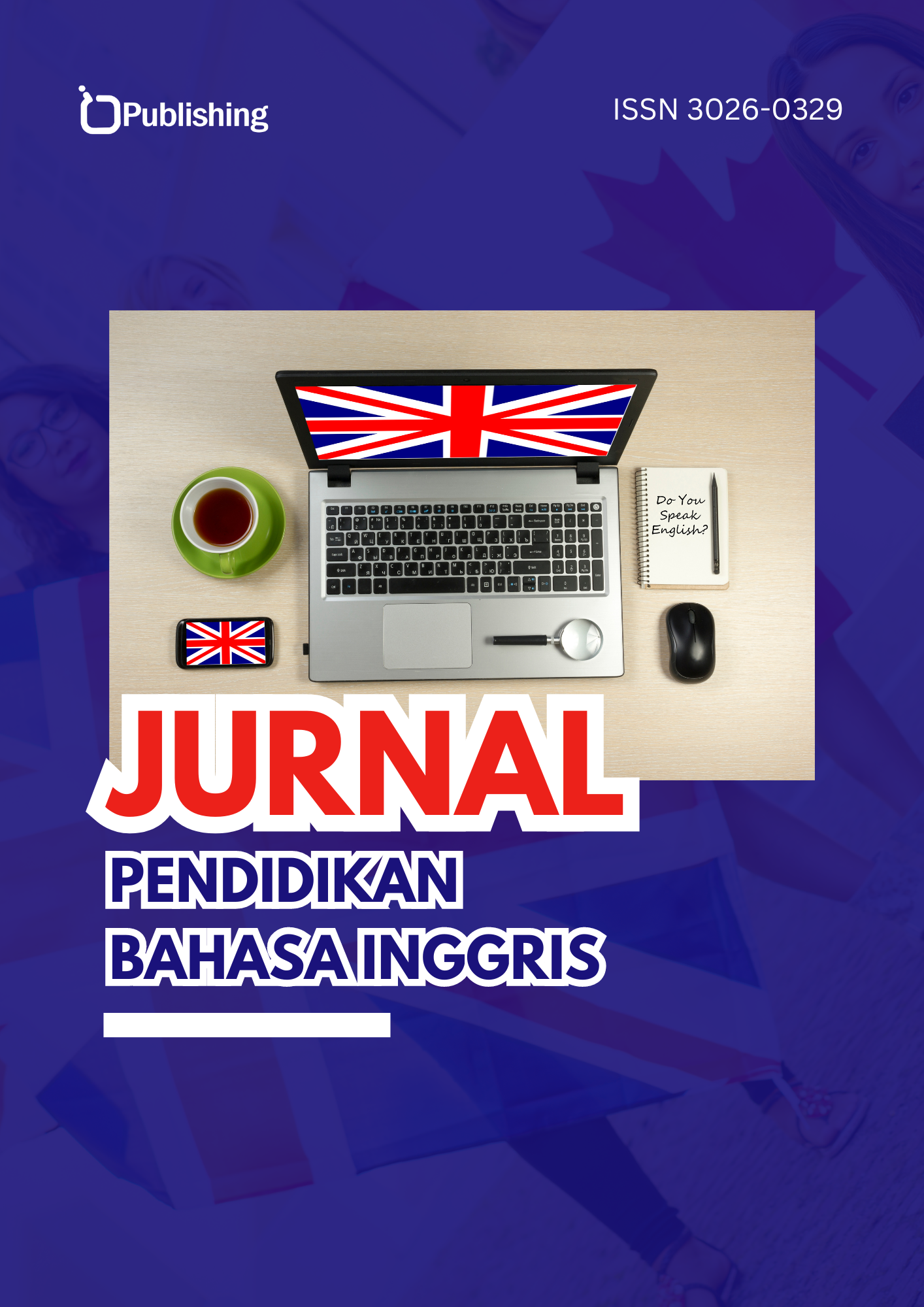Dollhouse And Mrs. Potato Head : Figurative Language Used In Melanie Martinez Selected Songs
DOI:
https://doi.org/10.47134/jpbi.v1i4.819Keywords:
Figurative Language, Melanie Martinez, Dollhouse, Mrs. Potato HeadAbstract
This study explores the use of figurative language in Melanie Martinez's songs "Dollhouse" and "Mrs. Potato Head," highlighting how these linguistic elements contribute to the thematic and emotional depth of the lyrics. Through a detailed analysis, the research identifies and interprets various figures of speech, including metaphors, similes, and personifications, which Martinez employs to address complex themes such as family dynamics, societal pressures, and self-image. The findings reveal that figurative language in "Dollhouse" vividly portrays the façade of a seemingly perfect family life, while "Mrs. Potato Head" uses similar techniques to critique beauty standards and the pursuit of physical perfection. By examining the intricate use of figurative language in these songs, the study underscores Martinez's ability to convey powerful messages and evoke emotional responses, enhancing listeners' engagement and understanding of the underlying issues. This analysis not only contributes to the appreciation of Martinez's lyrical artistry but also provides insights into the broader implications of figurative language in contemporary music.
References
Gibbs, R. W. (1994). The poetics of mind: Figurative thought, language, and understanding. Cambridge University Press.
Glucksberg, S. (2001). Understanding figurative language: From metaphors to idioms. Oxford University Press.
Kearns, D. M., & Whittington, R. A. (2015). The impact of figurative language on students' reading comprehension and interpretative skills. Journal of Literacy Research, 47(2), 210-232.
Lakoff, G., & Johnson, M. (1980). Metaphors we live by. University of Chicago Press.
Spivey, N. (2007). The constructivist metaphor: Reading, writing, and the making of meaning. Academic Press.
Allan, K., & Burridge, K. (1991). Euphemism and dysphemism: Language used as shield and weapon. Oxford University Press.
Claridge, C. (2011). Hyperbole in English: A corpus-based study of exaggeration. Cambridge University Press. DOI: https://doi.org/10.1017/CBO9780511779480
Colebrook, C. (2004). Irony. Routledge. DOI: https://doi.org/10.4324/9780203634127
Fabb, N. (2005). Language and literary structure: The linguistic analysis of form in verse and narrative. Cambridge University Press.
Frye, N. (1957). Anatomy of criticism: Four essays. Princeton University Press. DOI: https://doi.org/10.1515/9781400866908
Glucksberg, S. (2001). Understanding figurative language: From metaphors to idioms. Oxford University Press. DOI: https://doi.org/10.1093/acprof:oso/9780195111095.001.0001
Harris, R. (2013). Oxymoron and paradox: Mind-bending concepts. ABC-CLIO.
Jakobson, R. (1956). Two aspects of language and two types of aphasic disturbances. In R. Jakobson & M. Halle (Eds.), Fundamentals of language (pp. 55-82). Mouton.
Kennedy, X. J. (1991). Literature: An introduction to fiction, poetry, and drama. HarperCollins.
Leech, G. N. (1969). A linguistic guide to English poetry. Longman.
Miller, W. I. (1976). Paradoxes of legal science. Columbia University Press.
Preminger, A., & Brogan, T. V. F. (Eds.). (1993). The new Princeton encyclopedia of poetry and poetics. Princeton University Press.
Spiegelman, W. (1995). Allegory and representation. University of Minnesota Press.
Tannen, D. (1989). Talking voices: Repetition, dialogue, and imagery in conversational discourse. Cambridge University Press.
Nur Fitria, Nisa. Figurative Language used in One Direction’s album entitled Up All Night. STIE AAS Surakarta.
Dwi Syaputir komala, Wahyu. (2010). Figurative Language Analysis of Melanie Martinez’s Lyrics Songs From Cry Baby Album Deluxe Edition. Universitas Bina Darma, Jl. Jendral Ahmad Yani No. 03 Kota Palembang, Sumatera Selatan, Indonesia
Downloads
Published
How to Cite
Issue
Section
License
Copyright (c) 2024 Khilda Umi Rahmah, Wiutama Danisha Afrianto, Aidil Syah Putra

This work is licensed under a Creative Commons Attribution 4.0 International License.










